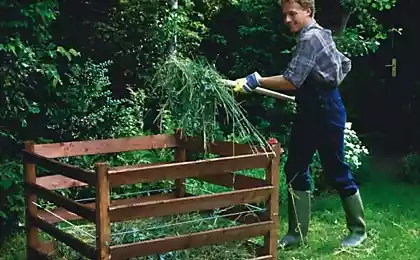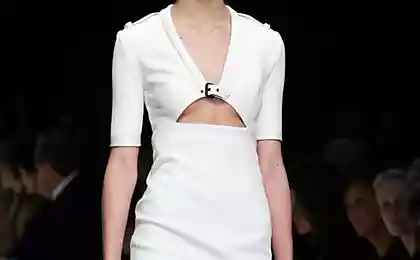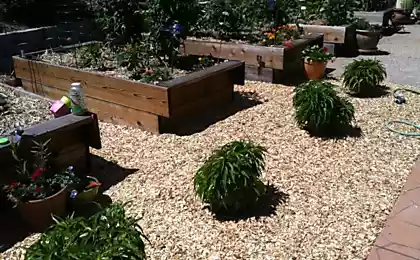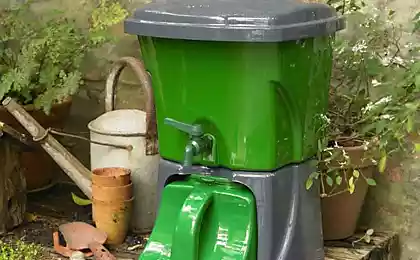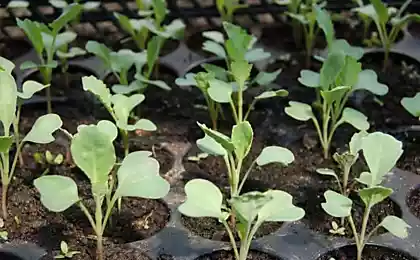191
So that the onion grows large, in November soak it in this solution.
Planting onions in winter is a great opportunity to get an early harvest for the next season. Winter planting allows onions to take root faster and use spring moisture for active growth. However, in order for the bulbs to successfully survive the winter and give strong shoots in the spring, they must be properly prepared. It is important not only to choose the right variety, but also to process the planting material before planting.
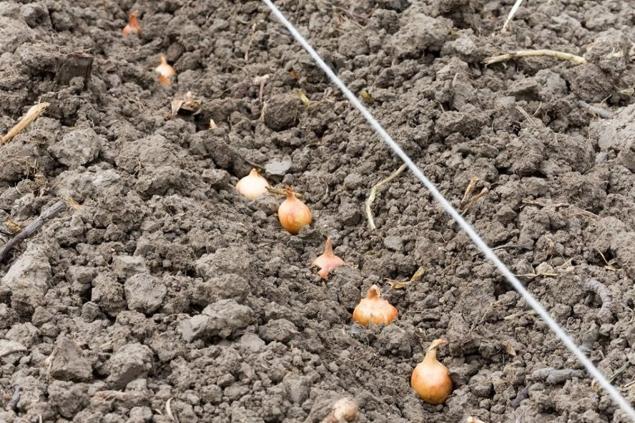
For planting in winter, not all types of onions are suitable. It is best to use winter varieties that are specially bred for the cold period. They are resistant to frost and are less susceptible to diseases. Such varieties include, for example, Stuttgarter Risen, Radar and Senshui. These varieties are characterized by good keeping and resistance to disease, which makes them ideal for winter planting.

One of the key stages of preparing onions for winter planting is the treatment of bulbs before placing them in the ground. This helps protect plants from disease and increase their resistance to frost. There are several methods of processing, and each of them has its own characteristics.

Soaking in potassium permanganate. Permanganate solution is a classic way of disinfecting planting material. To do this, you need to prepare a weak pink solution and soak the bulbs for 30 minutes. This will destroy possible bacteria and fungi that can cause disease.
Salt solution. Soaking bulbs in a salt solution helps prevent the appearance of fungal diseases. To do this, dissolve 1 tablespoon of salt in 1 liter of water and leave the bulbs for 20-30 minutes. They should then be rinsed with clean water to remove salt residues.
Copper sulfur solution. For additional protection, you can use a solution of copper sulfate (1 teaspoon per 1 liter of water). The bulbs are soaked in this solution for 15 minutes, then washed with water. This helps prevent fungal infections and protect onions in winter.

Ads Preparation of the bed and the correct depth of planting After processing the bulbs, it is necessary to prepare the bed. To plant for winter, it is important to choose a site that is well lit by the sun and has light, fertile soil. The bed is recommended to dig, remove weeds and make compost or humus. It is best to plant onions in late October – early November, so that the plants have time to take root before the onset of frosts, but do not begin to actively grow.
The depth of onion planting depends on the size of the bulbs. As a rule, bulbs are immersed to a depth of 3-4 cm and leave a distance of 10-15 cm between plants. After planting, the bed can be mulched with peat or dry leaves for additional protection from the cold.

After planting onions in winter, special care is not required. It is important to provide protection from severe frosts if the winter is severe. If necessary, you can additionally cover beds with lapberry or agrofiber.

Early shoots and the first harvest In spring, when the snow comes down, it is recommended to loosen the bed carefully so as not to damage the shoots, and water if necessary. Onions planted in winter usually rise earlier than onions planted in spring and yield a good harvest in early summer.
Preparing and planting onions in winter is a simple process that, when approached correctly, ensures an early and healthy harvest. Following these recommendations, you can grow strong and healthy plants that will please you throughout the season.

For planting in winter, not all types of onions are suitable. It is best to use winter varieties that are specially bred for the cold period. They are resistant to frost and are less susceptible to diseases. Such varieties include, for example, Stuttgarter Risen, Radar and Senshui. These varieties are characterized by good keeping and resistance to disease, which makes them ideal for winter planting.

One of the key stages of preparing onions for winter planting is the treatment of bulbs before placing them in the ground. This helps protect plants from disease and increase their resistance to frost. There are several methods of processing, and each of them has its own characteristics.

Soaking in potassium permanganate. Permanganate solution is a classic way of disinfecting planting material. To do this, you need to prepare a weak pink solution and soak the bulbs for 30 minutes. This will destroy possible bacteria and fungi that can cause disease.
Salt solution. Soaking bulbs in a salt solution helps prevent the appearance of fungal diseases. To do this, dissolve 1 tablespoon of salt in 1 liter of water and leave the bulbs for 20-30 minutes. They should then be rinsed with clean water to remove salt residues.
Copper sulfur solution. For additional protection, you can use a solution of copper sulfate (1 teaspoon per 1 liter of water). The bulbs are soaked in this solution for 15 minutes, then washed with water. This helps prevent fungal infections and protect onions in winter.

Ads Preparation of the bed and the correct depth of planting After processing the bulbs, it is necessary to prepare the bed. To plant for winter, it is important to choose a site that is well lit by the sun and has light, fertile soil. The bed is recommended to dig, remove weeds and make compost or humus. It is best to plant onions in late October – early November, so that the plants have time to take root before the onset of frosts, but do not begin to actively grow.
The depth of onion planting depends on the size of the bulbs. As a rule, bulbs are immersed to a depth of 3-4 cm and leave a distance of 10-15 cm between plants. After planting, the bed can be mulched with peat or dry leaves for additional protection from the cold.

After planting onions in winter, special care is not required. It is important to provide protection from severe frosts if the winter is severe. If necessary, you can additionally cover beds with lapberry or agrofiber.

Early shoots and the first harvest In spring, when the snow comes down, it is recommended to loosen the bed carefully so as not to damage the shoots, and water if necessary. Onions planted in winter usually rise earlier than onions planted in spring and yield a good harvest in early summer.
Preparing and planting onions in winter is a simple process that, when approached correctly, ensures an early and healthy harvest. Following these recommendations, you can grow strong and healthy plants that will please you throughout the season.
The secret technique of Shaolin monks: How to Develop Supermemory in 21 Days
Incredible transformation: How an abandoned landfill was turned into a garden of paradise

